10. Blue (Keisuke Yoshida)
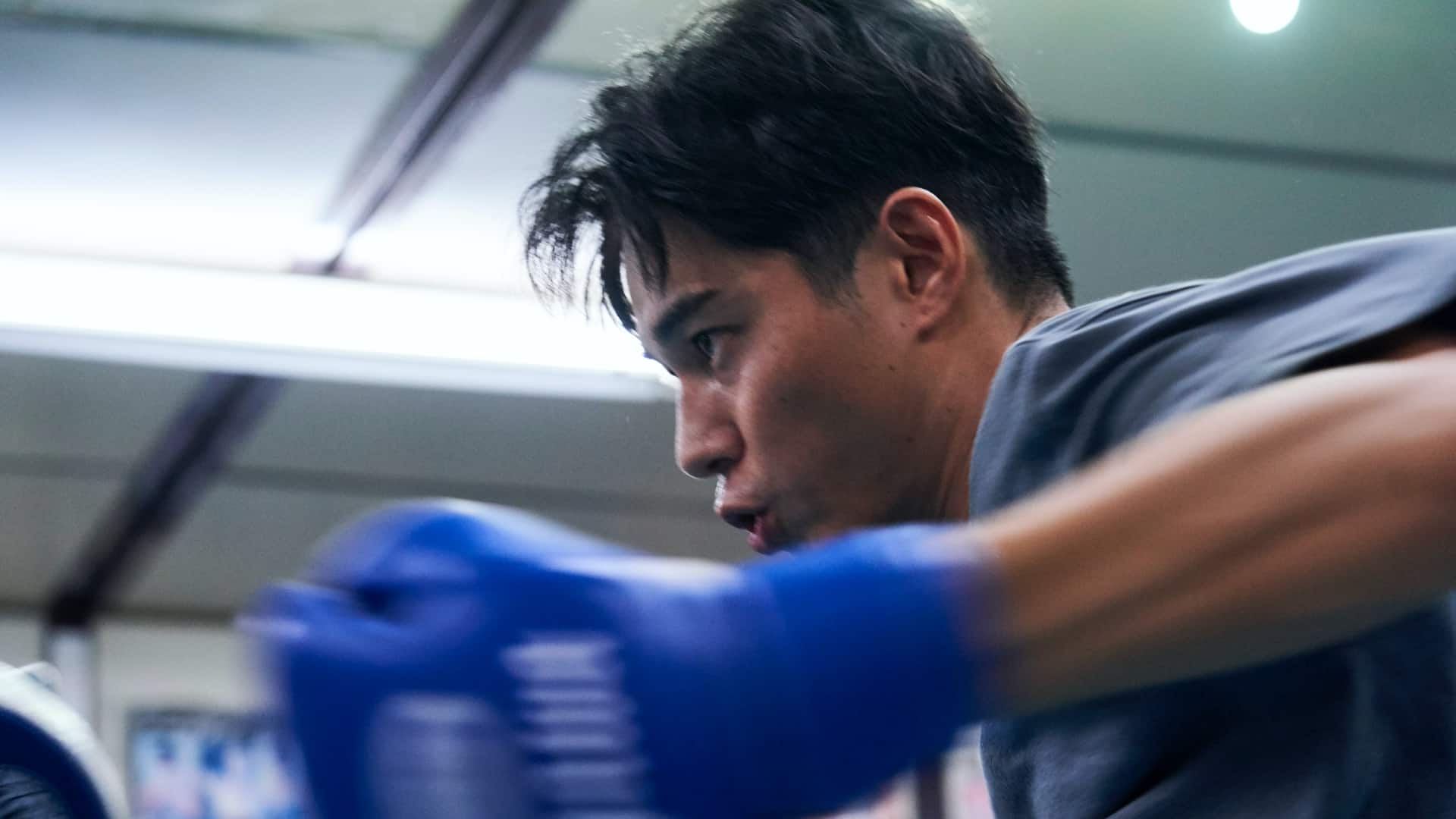
“Blue” is an idyllic love letter to the world of combative sports. A wonderfully crafted drama with strong performances, the film transcends the restraints of being tied to those who have an interest in boxing. Essentially, fans of the sport are likely to come out with a deeper appreciation of the work, but it won't isolate the casual fan. One of the more competent and heartwarming dramas in recent memory, I can't speak the praises of “Blue” highly enough – don't miss out on this one! (Adam Symchuk)
Buy This Title
on Amazon
9. Wheel of Fortune and Fantasy (Ryusuke Hamaguchi)

Coincidence and its impact and consequences emerge as a focal point for the whole movie, with Hamaguchi using the concept to present a number of rather interesting social comments. The main trait of the film, however, is the dialogues, both in context and delivery, with Hamaguchi implementing a rather minimalist approach in all production values in order to allow the viewer to focus on what the protagonists are saying. The difference in rhythm, with the first segment exhibiting the highest speed and the last the slower, also allows for a very interesting differentiation between the parts. “Wheel of Fortune and Fantasy” highlights once more, its filmmaker's intimate knowledge of the human psyche, and the rather original and intelligent cinematic way he has come up with in order to present its various aspects. (Panos Kotzathanasis)
Buy This Title
on Amazon
8. Rurouni Kenshin: The Beginning (Keishi Ohtomo)

As usual in the series, the action element is the most central, and thankfully, in contrast to the previous film, this time it is stripped from forced sentimentality, almost completely. In that regard, the initial scenes highlight Kenshin as a demon, as a man who could create a rain of blood every time he appears, with the initial sequence, which finds him bound, the one in the narrow streets of Kyoto, the one with the unknown assailant in the night, and the one from the first time he met Katsura, set the tone for the movie. What makes thes scenes stand out, apart from the uncanny speed of Takeru Satoh and the bloody violence that surrounds them, is how impressive the settings they take place in are, with Takuro Ishizaka capturing images of extreme beauty, which additionally, create a rather intriguing antithesis with the bloody violence that co-exists in these scenes. The aforementioned in the narrow street, but most of all, the final one in the snow, are testament to the prowess in the particular aspect, which also benefits the most by the frantic editing of Tsuyoshi Imai. Also of note is the one between Kenshin and Okita of the Shinsengumi, also due to its contextual significance regarding the change the former experiences. (Panos Kotzathanasis)
Buy This Title
on Amazon
7. Mr. Suzuki – A Man in God's Country (Omoi Sasaki)

Despite the plethora of comments, Sasaki retains a sense of entertainment throughout the movie that benefits the most by his own editing, through abrupt cuts on sequences, though, that are somewhat long. This aspect also owes much to the acting, with Asako Ito as Yoshiko and Hisako Okata (who many will remember from “Guilty of Romance”) giving truly memorable performances, the first through her anxious apathy and the second through her temperamental feistiness that even leads her to violence on occasion. Also amusing is Norihiko Tsukuda as Mr Suzuki, always showing an attitude that states that he feels completely lost and perplexed about what is happening around him. Kentaro Kishi's cinematography sets a bleak tone that points towards a dystopian movie, in another excellent choice for the narrative. (Panos Kotzathanasis)
6. Ayako Tachibana Wants to Go Viral (Amane Sato)
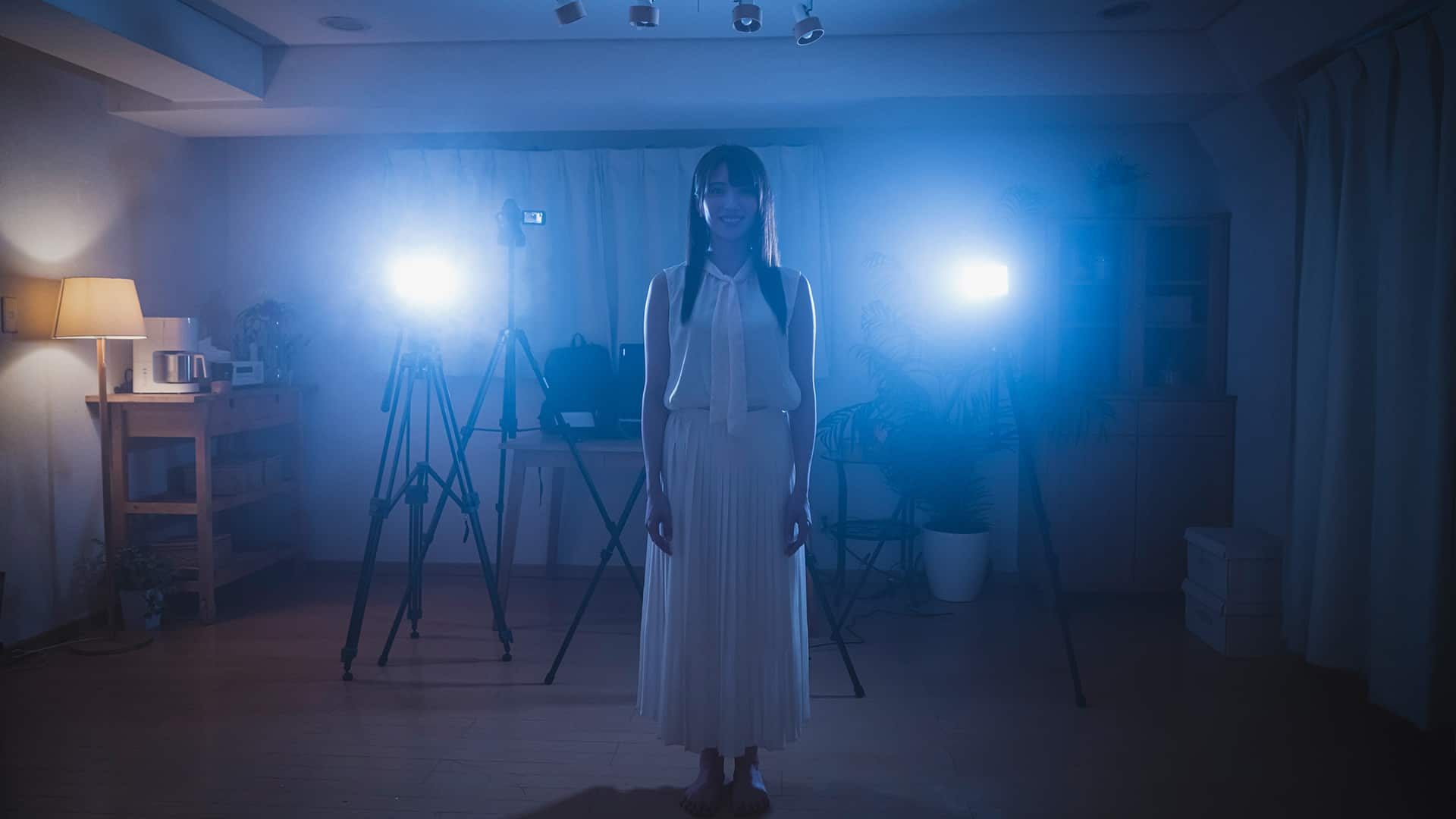
The element that makes the film truly stand out, however, is the presentation of the obsession with social media, and how the concept of exposure and being popular has come to dominate everyday life, that is essentially substituted by online living. At the same time, the comment that the ultimate purpose of all this exposure is sex, which is also presented as the driving force behind the majority of online activities, emerges as a very intriguing and even pragmatist one, in its perversion. (Panos Kotzathanasis)
5. Luginsky (Haiena)
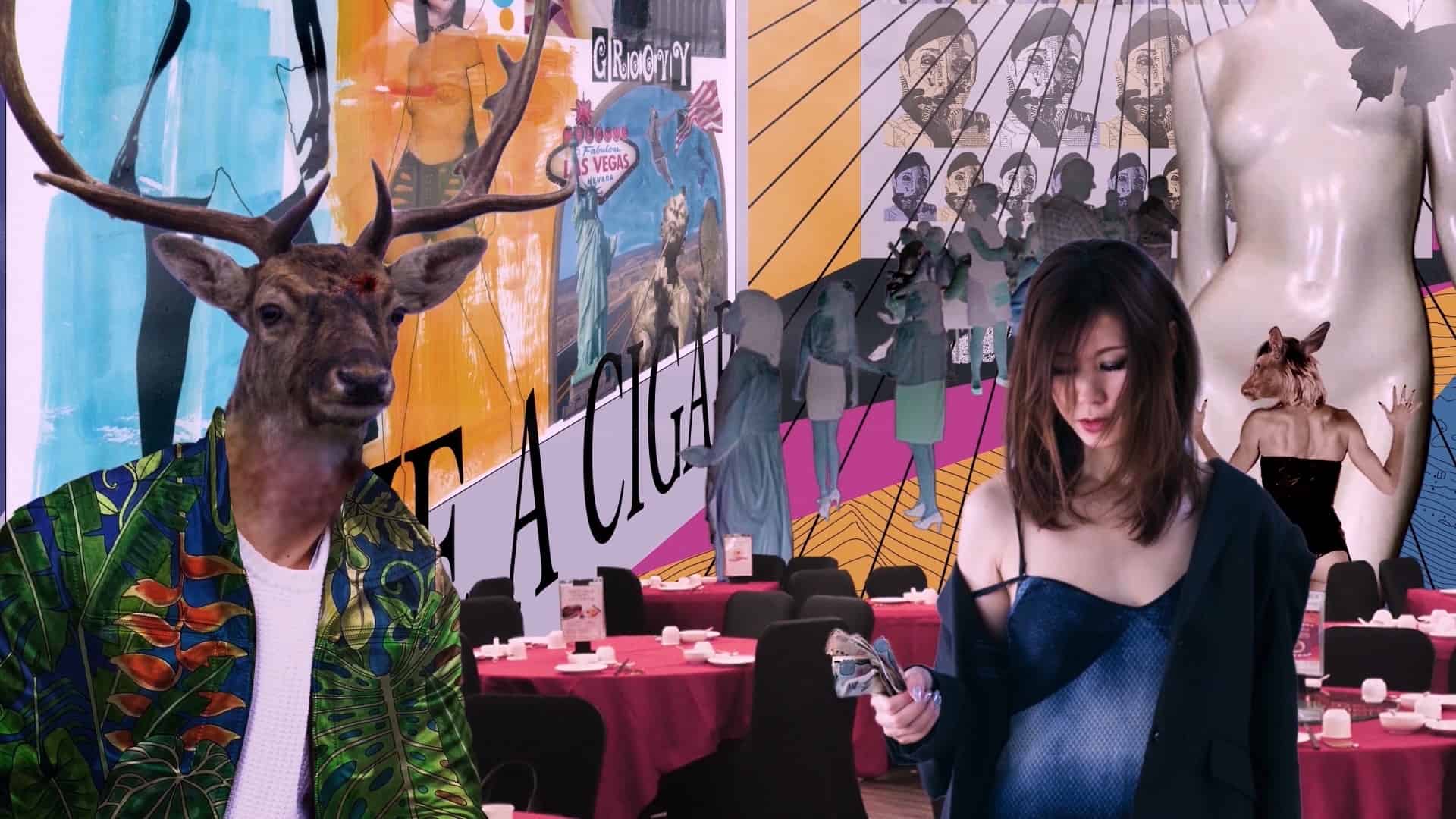
Evidently, the visuals here overshadow everything else, through the combination of the aforementioned elements with the rather monotonous voices of Nobuhisa Otani as Deerman and Haiena as Barman, the hysteric one of Mao Mizuta as Mouchette, the repeated sound of glass breaking and the frantic pace implemented by Jean-Pierre Fujii's editing, resulting in a truly delirious film. At the same time, however, there is something in the movie, which does not let you turn your eyes away even for a minute, since Haiena has, somehow, managed to create a truly intriguing story filled with mystery and social comments, not to mention a sort of eroticism, as exhibited in the images of Mouchette. (Panos Kotzathanasis)
4. Junk Head (Takahide Hori)

The first thing one notices in the film, after the gibberish-like talk everyone uses, is the impressive creations of the characters and creatures, who seem to be a combination of the fantasies of HR Giger, Hieronymus Bosch, and the kind of creatures usually found in survival horror video games, with the movie occasionally functioning like one. What is even more impressive, as revealed in the ending credits, is that both the characters and the setting are actual built models, and not the product of CGI, in a trait that highlights the amazing craftsmanship and imagination of Takahide Hori and his crew. The same applies to the setting, a combination of dystopian and cyberpunk elements,that is also presented as a never-ending labyrinth. (Panos Kotzathanasis)
3. Go Seppuku Yourselves (Toshiaki Toyoda)
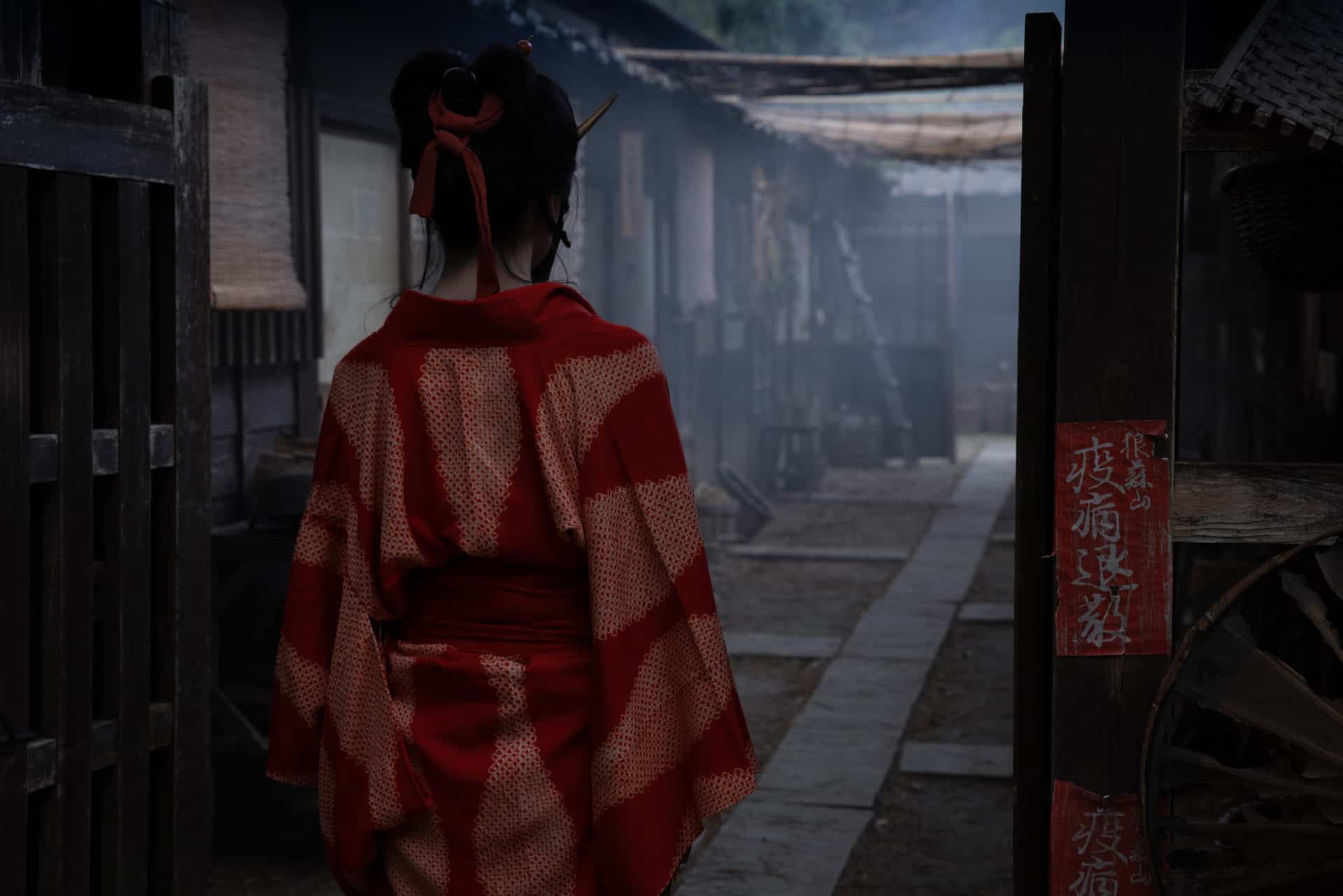
In terms of production values, the movie is astonishing. DP Kenji Maki's cinematography captures the three different settings in the most impressive fashion, with his camera placements adding to the overall ritualism that dominates the short's aesthetics. The same applies to Takashi Sasaki art direction, with the sets looking astonishing and Masae Miyamoto's costume design, that communicate the irony and theatricality elements quite eloquently through their extravagance, particularly in the case of Raikan. Lastly the various artists that were in charge of the music, including Seppuku Pistols and Kodo communicate the sense Toyoda wanted to give to each in the best fashion, particularly in combination with the excellent work by Masaya Kitada in the sound. (Panos Kotzathanasis)
Buy This Title
on Amazon
2. A Balance (Yujiro Harumoto)

The production values of the movie are also on a very high level. Kenji Noguchi's occasionally shaky camera gives a documentary-like essence to a number of occasions in the movie, creating a parallel with Yuko's profession that also works on a contextual level. His framing is also excellent, as exhibited in a number of scenes where the placement of the camera presents the (im)balance among the protagonists, with the scene where the crew is waiting for the TV producers to decide highlighting this aspect beautifully. Furthermore, Noguchi seems to use long shots, close ups and mid-shots with the same artfulness, essentially deeming the cinematography one of the protagonists of the films. Harumoto's editing induces the film with a pace a bit faster than the one usually implemented in the Japanese family dramas, while the fact that there is enough story here to carry the movie for almost the whole of its duration definitely benefits this aspect. Few scenes could have been omitted or being somewhat briefer, but in general, the movie emerges as largely economical despite its duration, particularly when one considers the depth of the story. (Panos Kotzathanasis)
1. Drive My Car (Ryusuke Hamaguchi)

Hamaguchi's captivating script for this 3-hour film strongly relies on dialogues and actors' performances. Excellent Hidetoshi Nishijima and Toko Miura, respectively as Yasuke and Misaki, had the more difficult task of conveying their characters' introversion and the silent way they both keep living with a secret buried in their hearts. Little gestures are keys. When Yusuke stops and observes Misaki from a distance, folding with extreme care the car's cover, he is hit by the thought that someone is taking care of him and it's a strangely enjoyable feeling. And again, them enjoying a cigarette, both hands up and out of the sunroof, on their journey ahead. Their severe postures beautifully melt in the final, cathartic revelation. The secondary roles are all well performed, a special mention to Reika Kirishima in the enigmatic role of Oto and Yoo-rim Park, playing the mute Korean actress and former dancer playing Sonya in Yasuke's production and delivering her moving famous monologue in Korean sign language. The photography is pleasantly crisp, highlighting the bright red SAAB from Tokyo to Hiroshima to Hokkaido, and the pillowy score is discreet and apt. (Adriana Rosati)






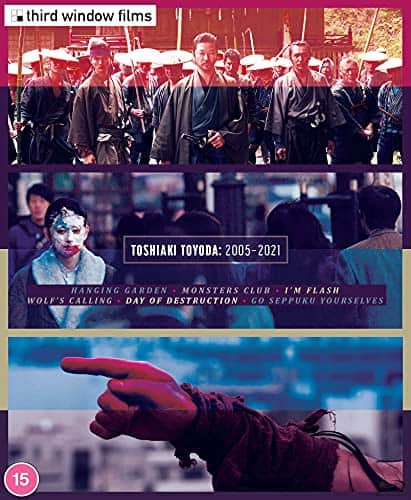
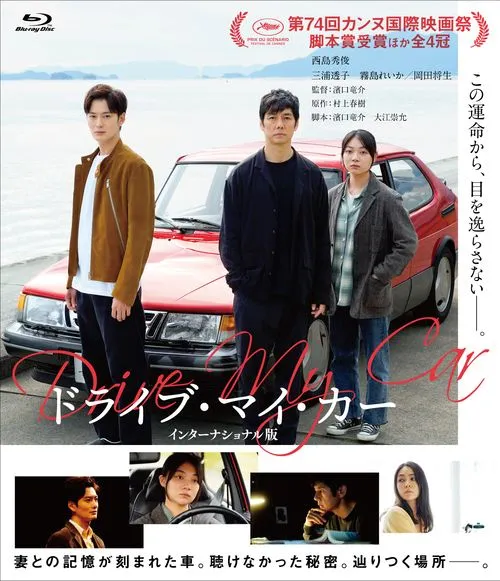

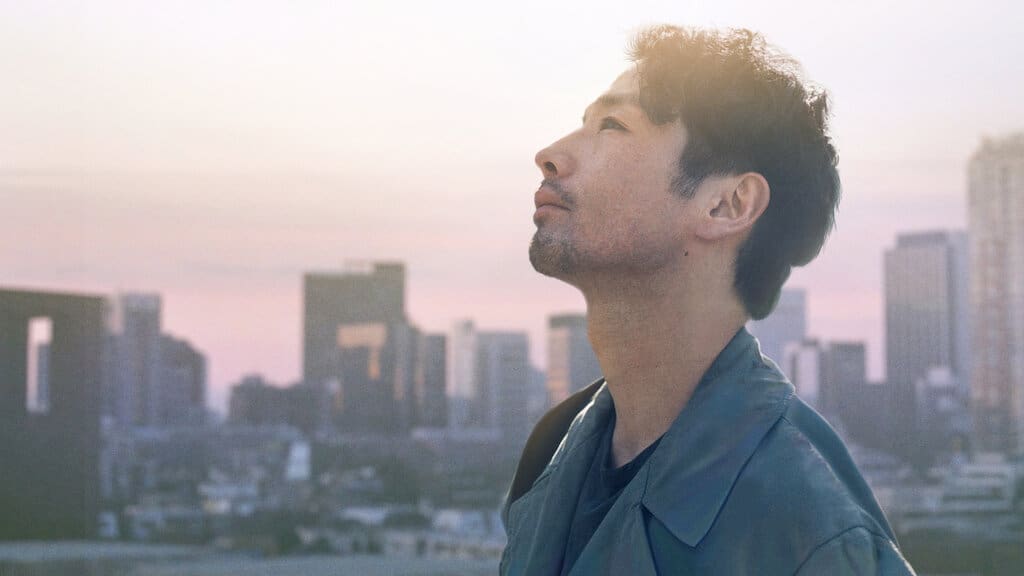
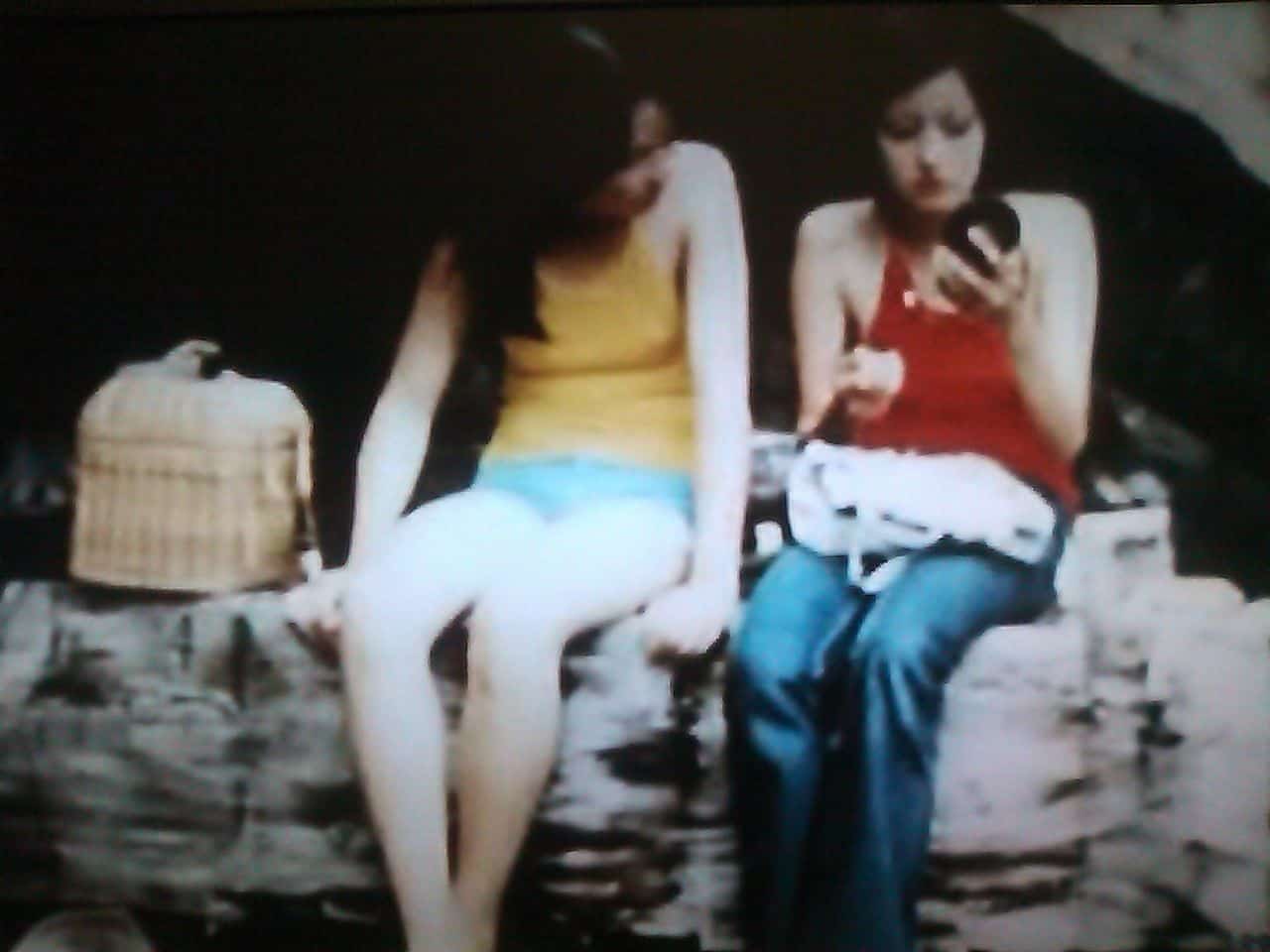

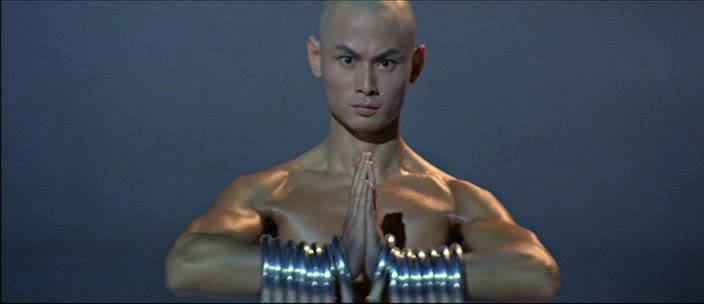







Nice
Thank you